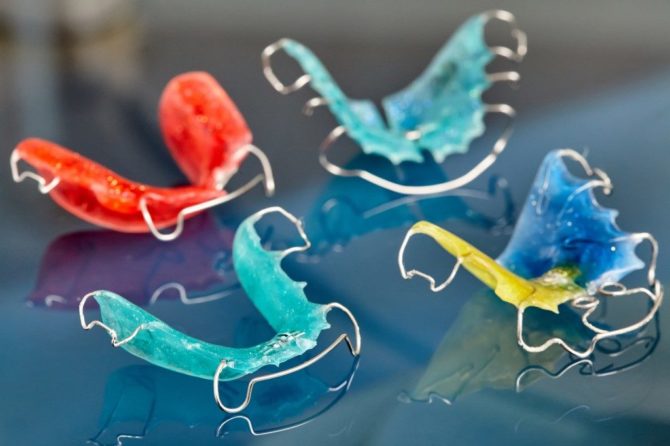
ORTHODONTICS AND ORTHODONTIC DISORDERS IN DENTISTRY
Many people apply to orthodontists on the grounds that they do not like the appearance of their teeth. Such aesthetic concerns, when talking and laughing, limit the person psychologically and can affect social relations.
Dental and jaw disorders can also cause a variety of problems, including aesthetic problems, complicated, difficult to clean, decaying teeth, gum problems, and joint complications resulting in incorrect closure of teeth. For this reason, anyone who is dissatisfied with the image of his or her teeth, jaw closure may apply to an orthodontist and request a treatment plan for him / her.
The Turkish Dental Association advises families to take their children to their dentist as soon as their tooth teeth are in operation. This early childhood visit is crucial for the child to gain a lifelong toothbrushing habit. Most orthodontic treatment should be done after the first orthodontic examination of the child is 7 years old and the upper and lower incisors have changed, even though it starts in the 9-14 age group.
Even if the teeth are aligned properly, there may be a closing problem.
Orthodontists can detect problems related to jaw development and permanent teeth during this period and take necessary precautions.
Normally the upper teeth should be higher than the lower teeth in the mouth closure. If the opposite is true, that is, if the lower teeth are located further than the upper teeth, this is called ‘crossing’, in which case there is a need for treatment.
In the presence of a crossing, if the front teeth are too far away and the lips do not touch each other, if the teeth come to a close, if there is a large gap between the lower and upper front cutters, if the teeth are too far away from each other, if there is early or late tooth loss in children, if there is a biting or chewing difficulty, You should apply to an orthodontist if your child still has a finger or pseudo-nipple when he or she is older than 4 years of age when the teeth are very spaced apart when the jaws are slipped, jaws are placed too far in front or backwards if respiration, finger sucking,
Although orthodontic treatment can be applied to individuals from all age groups, there is an optimal period to start orthodontic treatment. This is the most effective and shortest period of treatment. The recommended age for taking your child to the orthodontic examination for the first time is 7 years. Treatment at this early age may not be necessary, but you will have information about the most suitable period to begin treatment after a good examination.
There is no age restriction when correcting problems with teeth. It can be applied to any age group of healthy teeth, bones and gums having teeth in its mouth. Orthodontic treatment is called adult orthodontics after 18 years of age.
Because adults have different needs for orthodontic treatment and expectation for treatment, they differ from children in that they have a problem with their hands. Because of the increased aesthetic requirements, adults require transparent brackets and wires, which are called invisible wires, or wires that are applied from the inside of the teeth.
Orthopedic treatment is necessary to correct the problem when the orthopontic problem is caused by developmental disorders of the jaws (excess jaw growth or tension, lower jaw development or tension), which is only possible if the individual is in the growth-development period, ie has not completed adolescence.
The duration of orthodontic treatment depends on the type of orthodontic disorder. The treatment of disorders involving only teeth lasts less than the treatment of disorders with jaw disorders with teeth. The treatment of disorders involving only teeth takes about 6 months to 2 years, and the treatment of disorders involving both jaw and teeth takes more than 1.5 to 2 years. Decrease or prolongation of the duration of treatment depends also on the individual being treated. The maintenance of the health of the teeth and gums during the treatment, the avoidance of the foods that should not be eaten, the correct and proper use of the instruments applied in the treatment are the factors that shorten the duration of the treatment.
Orthodontic treatment is a long-term treatment compared to other dental treatments (tooth extraction, filling, prosthesis construction …). During an average of 1.5-2 years of treatment, the patient should be seen by the physician on average every month. In many cases, it is very important that the patient can easily access the orthodontist in cases such as when the wires are stuck in a fixed manner and broken, broken, stabbed, lost, etc. of the wires. Even after the end of the orthodontic treatment, the physician performing the treatment should continue to invite the patient to the controls to check the permanence of the correction obtained. From this point of view, it is important that the orthodontist who performs the treatment has a fixed orthodontist attainable.
Leave a reply





